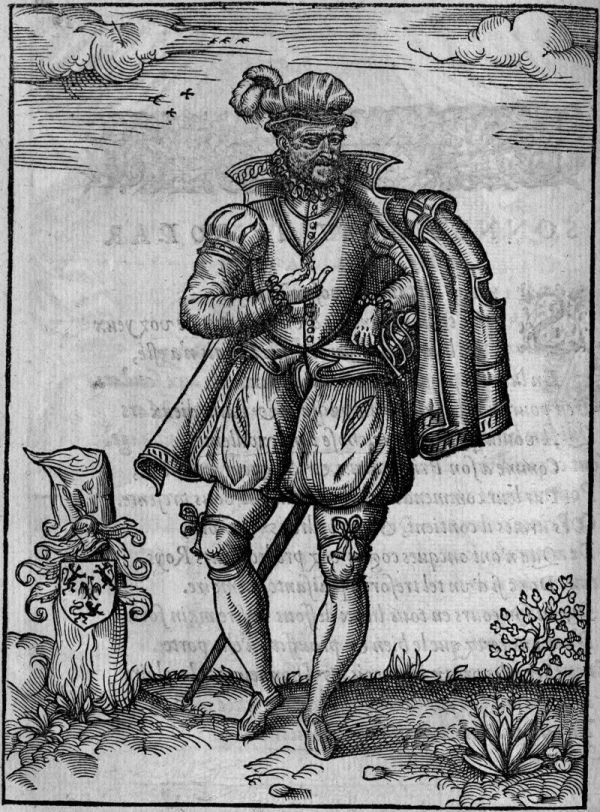Creator Henry de Sainct Didier | ||
 | ||
Also known as L'école française d'escrime Descendant arts Modern Fencing, Canne de combat, HEMA | ||
The known history of fencing in France begins in the 16th century, with the adoption of Italian styles of fencing.
There are medieval predecessors, such as the Burgundian Le jeu de la hache ("The Play of the Axe") of ca. 1400, but the history of the classical French school begins with the foundation of the Académie des Maistres en faits d’armes de l’Académie du Roy (also known as the Ecole Française d’Escrime) by Charles IX of France in December 1567.
One master produced by this school was Henry de Saint Didier a 16th-century fencing master and author of a 1573 treatise, titled Traicté contenant les secrets du premier livre (Treatise containing the secrets of the first book on the single sword), dedicated to Charles IX.
Rapier treatises are known from the early seventeenth century, such as François Dancie's 'Discours des armes et methode pour bien tirer de l'espée et poignard' (c.1610) and 'L'Espee de combat' (1623) and André Desbordes' 'Discours de la théorie et de la pratique de l'excellence des armes' (1610), with both authors citing the Italian origins of their systems. Earlier, in 1597, the great traveller Seigneur de Villamont who translated Girolamo Cavalcabo of Bologna’s treatise into French, along with a shorter piece by Paternostrier of Rome.
Fencing in France was developed into a sport during the 17th century, with codificaion of rules and terminology and a system of teaching, by masters such as Le Perche du Coudray (1635, 1676, teacher of Cyrano de Bergerac), Besnard (1653, teacher of Descartes), Philibert de la Touche (1670) and L'Abbat of Toulouse (1690, 1696).
The modern foil was developed in France as a training technique in the middle of the 18th century; it provided practice of fast and elegant thrust fencing with a smaller and safer weapon than an actual dueling sword. Fencers blunted (or "foiled") its point by wrapping a foil around the blade or fastening a knob on the point ("blossom", French fleuret). German students took up that practice and developed the Pariser ("Parisian") thrusting small sword in Academic fencing.
By the 18th century, the French school had become the western European standard to the extent that Domenico Angelo, an Italian-born master teaching in England, published his L'Ecole des Armes in French in 1763. It was extremely successful and became a standard fencing manual over the following 50 years, throughout the Napoleonic period. Angelo's text was so influential that it was chosen to be included under the heading of "Éscrime" in the Encyclopédie of Diderot.
The emergence of classical sports fencing in the 19th century was a direct continuation of the French tradition.
